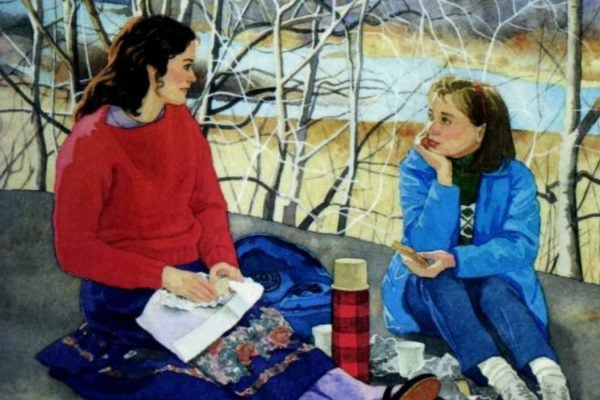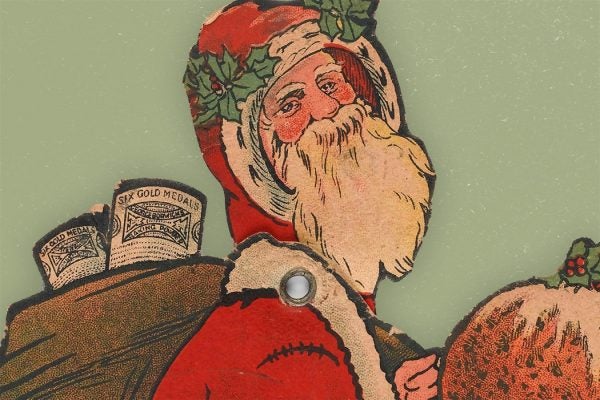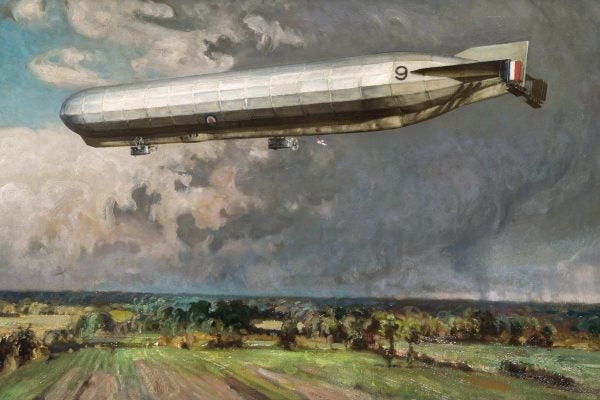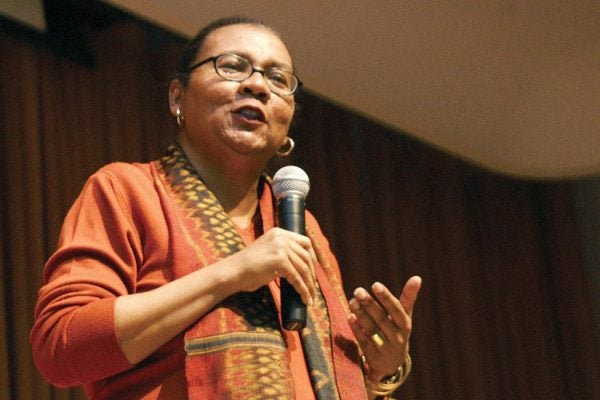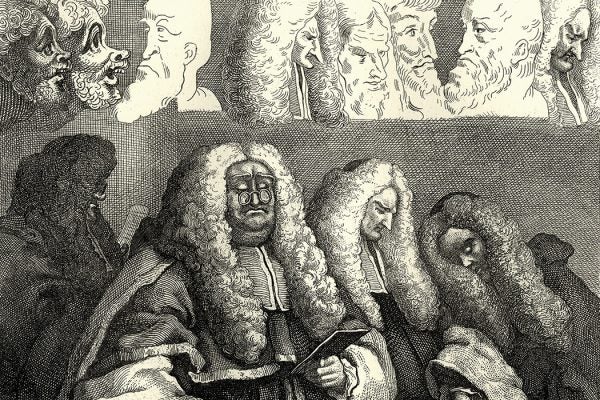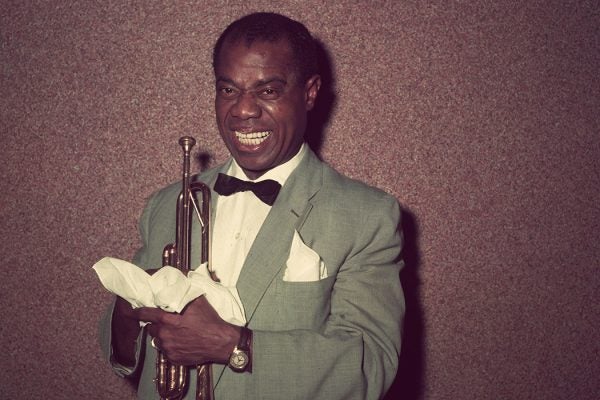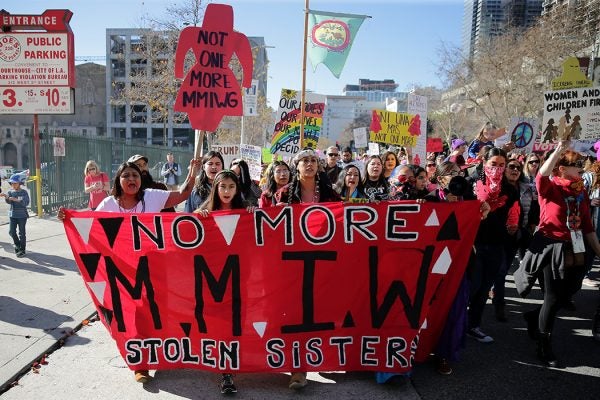In History, The Past is the Present is the Future
If the past is so all terribly bad, then aren’t we lucky in the present?
Queer YA: The Early Decades
While queer YA has exploded over the past decade, it began in the middle of the 20th century, with the first kiss in 1969.
Merry Christmas from the Wellcome Collection
Enjoy these historical Christmas images from the Wellcome Collection.
Whatever Happened to Airships?
In moving away from fossil fuels, some in aviation are thinking of bringing back helium-assisted flight.
bell hooks
Writer and academic, teacher and activist. Read and share some of her foundational work.
Does Law Exist to Provide Moral Order?
Is social cohesion possible in plural societies? Philosopher H. L. A. Hart weighed in amid debates on abortion and same-sex relationships.
Plant of the Month: Garlic Mustard
As garlic mustard naturalized in North America, it became a popular plant to forage for impoverished and rural communities.
Floating Cities, Trans History, and Jazz in Ghana
Well-researched stories from Atlas Obscura, The Atlantic, and other great publications that bridge the gap between news and scholarship.
Desegregating Bowling Alleys
The bowling desegregation movement began during World War II, but wouldn’t end there.
Colonial Traffic in Native American Women
Slavery in North America was not an institution of singular evil.

